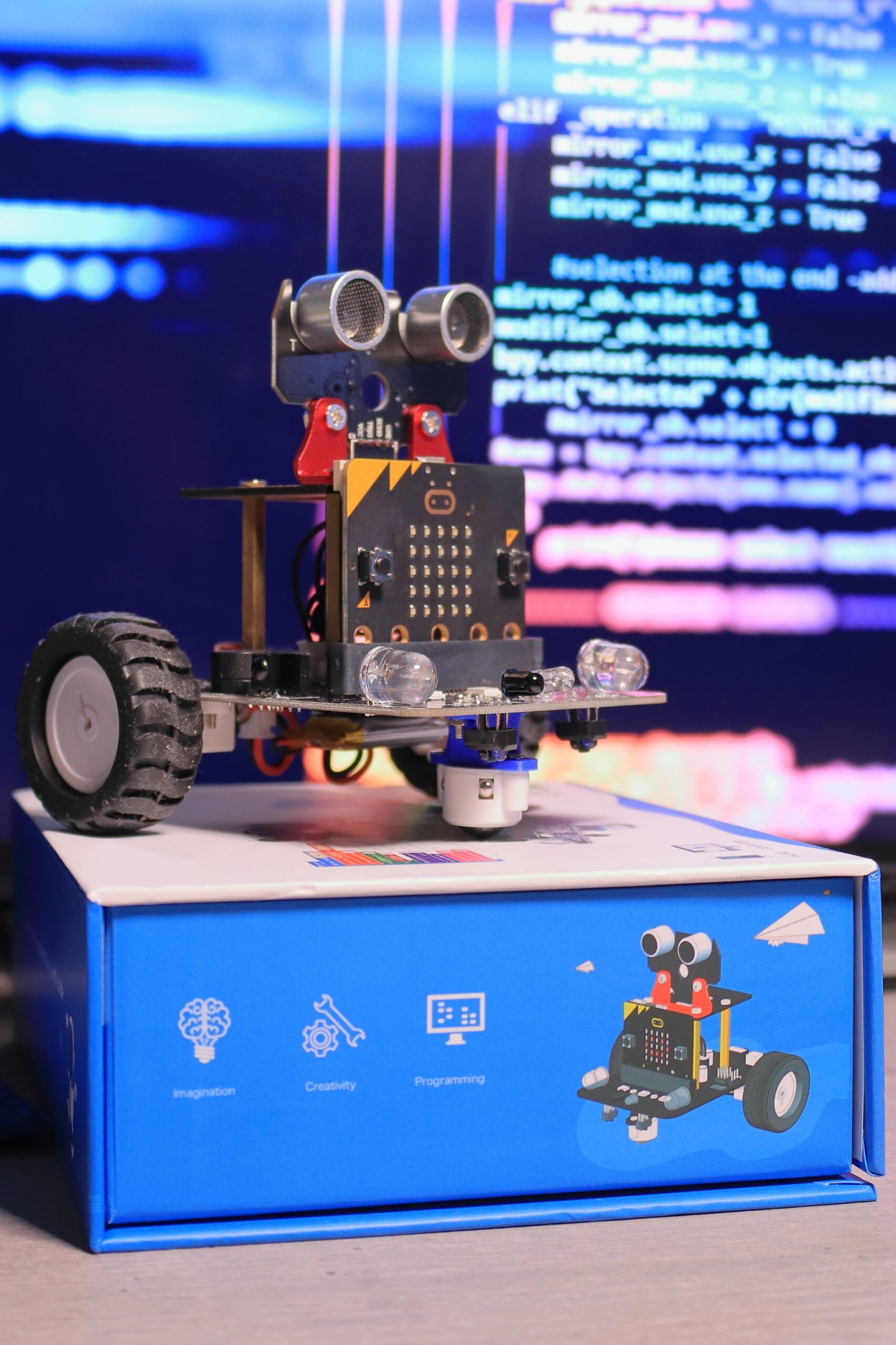Introduction
Robots are becoming increasingly important in various industries, performing tasks that range from simple repetitive actions to complex operations. One area where robots have shown great potential is in precise object manipulation and assembly. This involves programming the robot to accurately grasp, move, and assemble objects with precision and efficiency. In this article, we will explore the key steps involved in programming a robot for precise object manipulation and assembly.
Step 1: Define the Task
The first step in programming a robot for precise object manipulation and assembly is to clearly define the task at hand. This involves understanding the specific requirements, such as the size, weight, and shape of the objects to be manipulated, as well as the desired assembly process. By clearly defining the task, you can determine the necessary robot capabilities and plan the programming accordingly.
Step 2: Choose the Right Robot
Once the task is defined, it is important to choose the right robot for the job. Different robots have different capabilities, such as the number of degrees of freedom, payload capacity, and reach. Consider factors such as the workspace requirements, the complexity of the task, and the desired level of precision. By selecting the right robot, you can ensure that it has the necessary capabilities to perform the required object manipulation and assembly tasks.
Step 3: Plan the Motion
Before programming the robot, it is essential to plan the motion required for precise object manipulation and assembly. This involves determining the optimal path for the robot to move from one object to another, as well as the sequence of actions required for assembly. Consider factors such as collision avoidance, joint limits, and the desired speed and accuracy. By carefully planning the motion, you can optimize the robot’s performance and minimize the risk of errors.
Step 4: Program the Robot
Once the task and motion are planned, it is time to program the robot. This involves writing the necessary code to control the robot’s movements and actions. Most robots use a programming language specifically designed for robotics, such as Robot Operating System (ROS) or ABB’s Rapid programming language. The code should include instructions for object detection, grasping, manipulation, and assembly. It should also incorporate error handling and recovery mechanisms to ensure robustness and reliability.
Step 5: Test and Refine
After programming the robot, it is crucial to test and refine the code to ensure that the robot performs the desired object manipulation and assembly tasks with precision. Test the robot’s performance in a controlled environment, making adjustments as necessary. Pay attention to factors such as object recognition, grasping accuracy, and assembly quality. Iterate the testing and refinement process until the desired level of precision and efficiency is achieved.
Step 6: Monitor and Maintain
Once the robot is programmed and operational, it is important to monitor its performance and maintain its functionality. Regularly check for any errors or malfunctions and address them promptly. Keep the robot’s software and hardware up to date to take advantage of any improvements or new features. Additionally, provide regular training and support to the operators to ensure they can effectively use and maintain the robot for precise object manipulation and assembly.
Conclusion
Programming a robot for precise object manipulation and assembly requires careful planning, the right choice of robot, and the development of accurate and efficient code. By following the steps outlined in this article, you can successfully program a robot to perform complex object manipulation and assembly tasks with precision and efficiency. Embracing the potential of robots in this field can lead to increased productivity, improved quality, and reduced costs in various industries.







